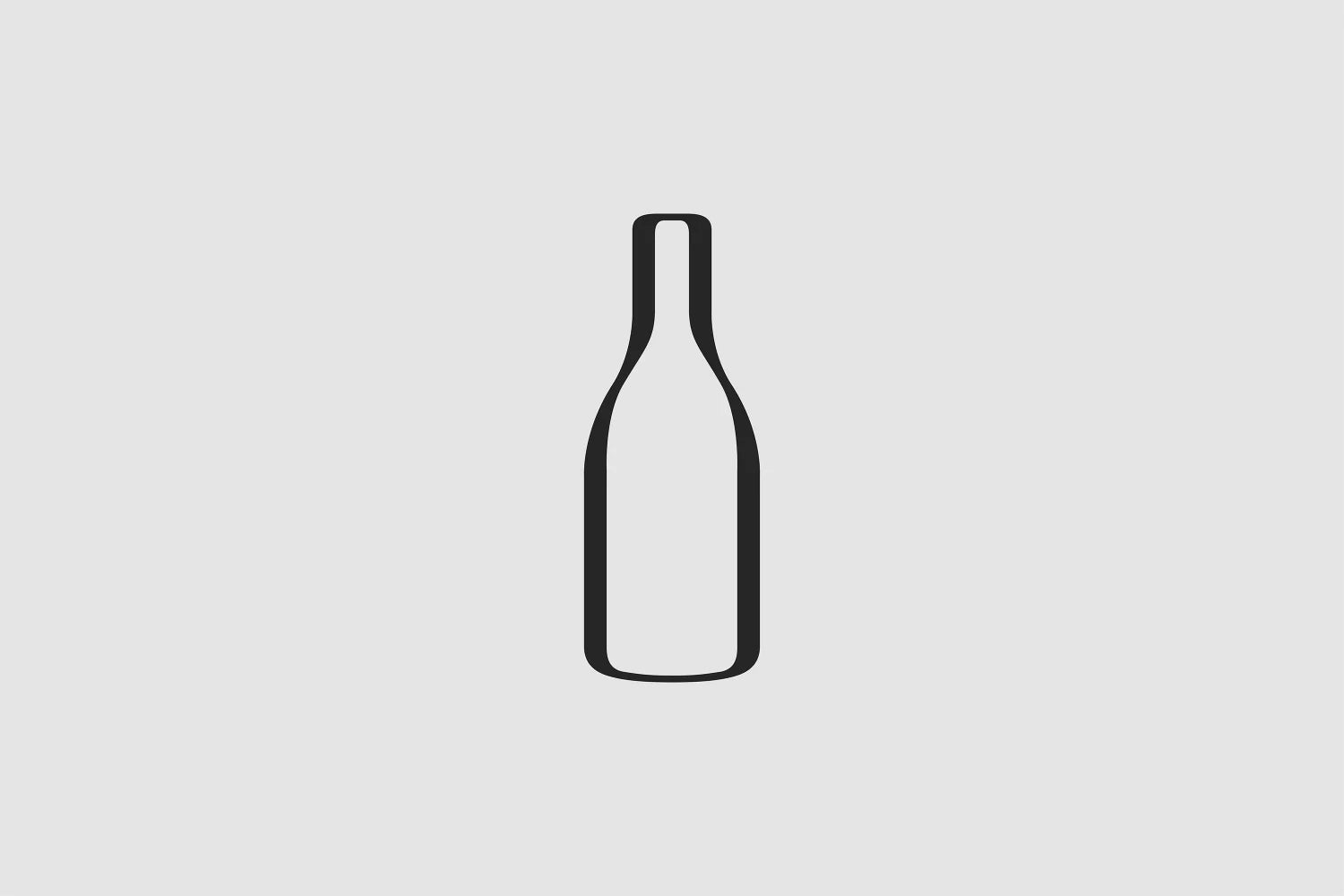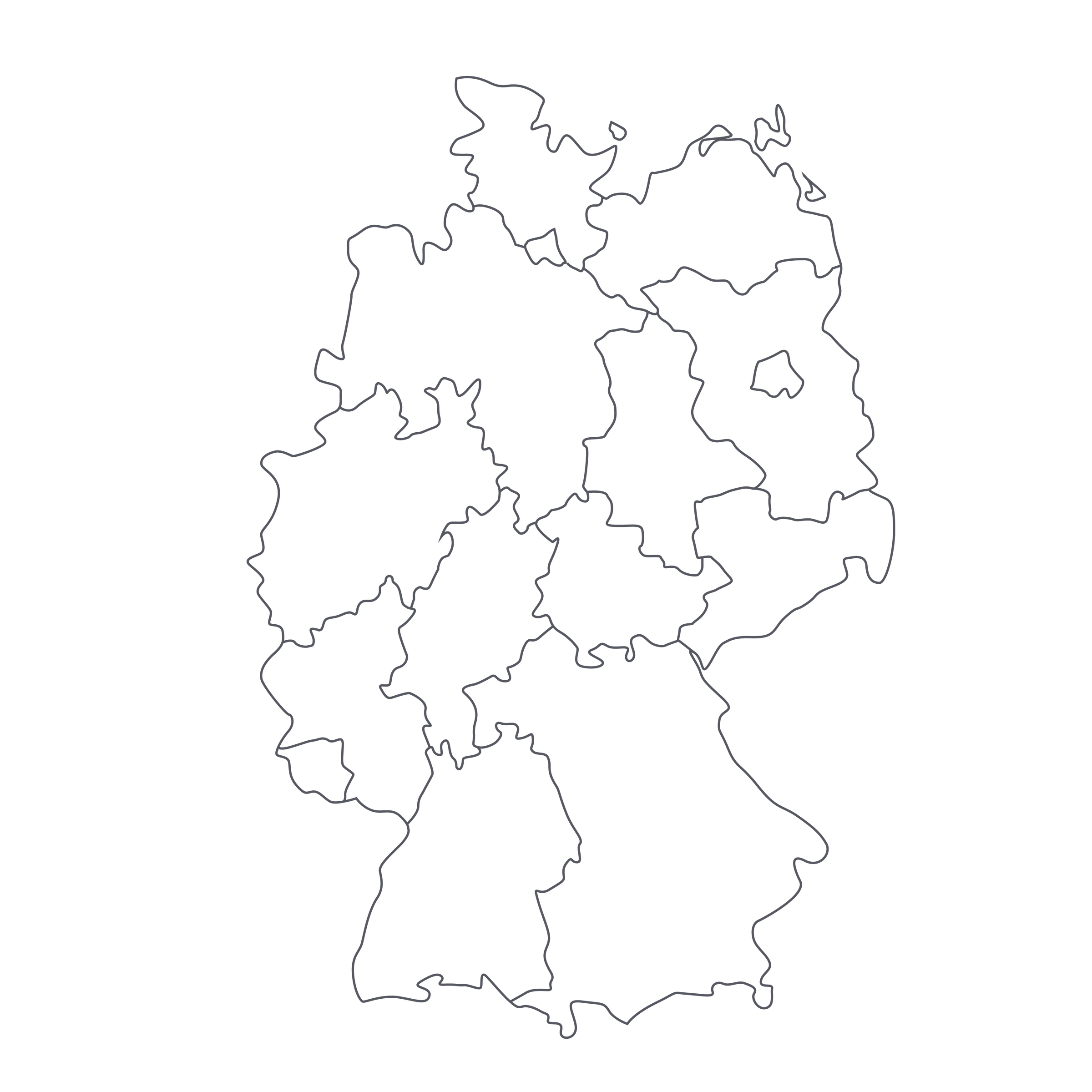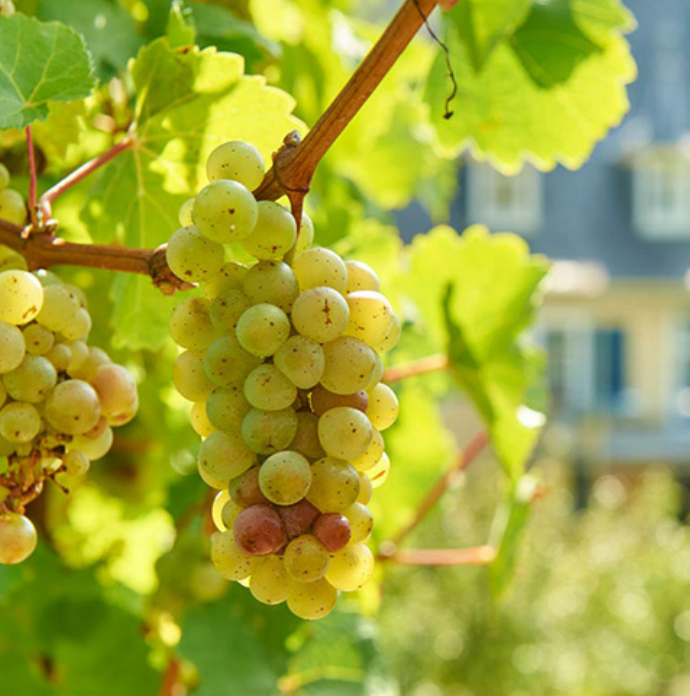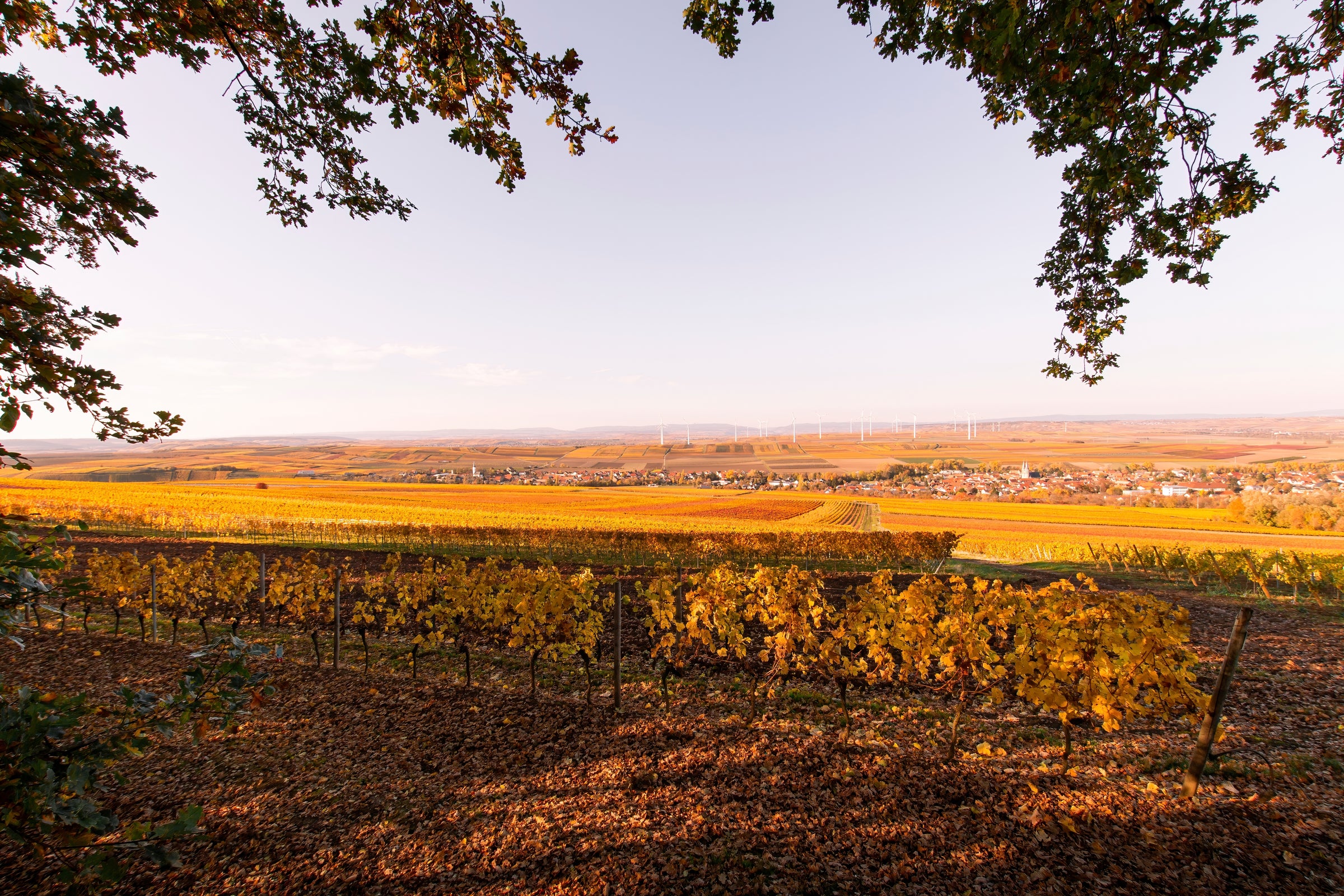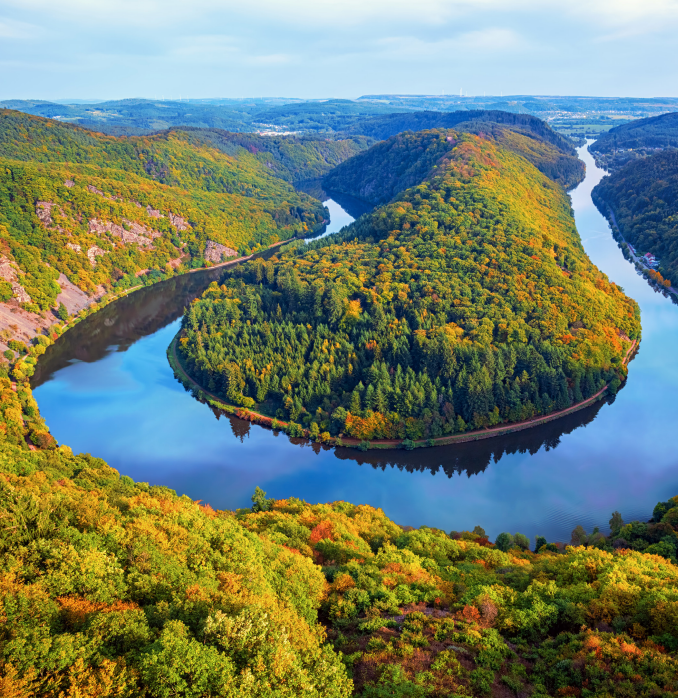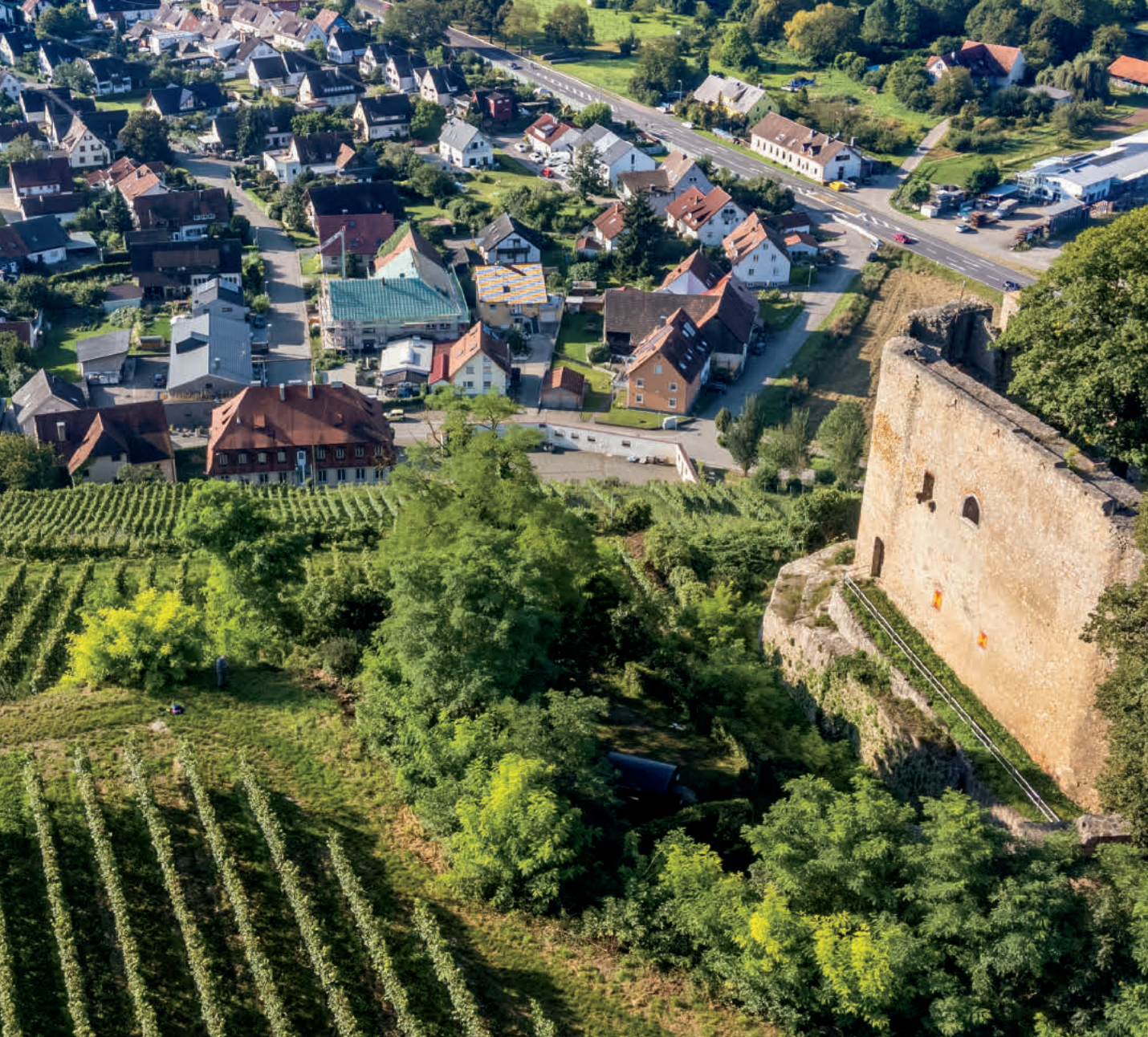Check the price...check it again. Your eyes aren’t deceiving you: We’ve uncovered one of the most extraordinary aged Riesling values money can buy. Today’s 1990 was spun from the magical Grand Cru soils of “Ürziger Würzgarten” and has since spent nearly three decades in Christoffel-Berres’ sun-averse, humid-friendly, underground cellar. Bearing an ancient family crest and a jocund prelate admiring a glass of wine, this 30-year-old gem is a stirring masterpiece that so vividly expresses the near-mythical properties of Riesling.
It’s bursting with crushed slate and petrol, flaunting impossibly refreshing acidity, and dripping with exquisite layers of delicate fruit. Don’t let the deceptively low alcohol fool you, either: this rare antique is an exotic citrus-mineral fusion that lingers for minutes on the palate with deep concentration and remarkable tension. Just look at the vertigo-inducing precipice that these self-rooted (extremely rare) vines cling to and the made-from-Vulcan, ancient red slate they’re buried in—this is a Grand Cru vineyard for a reason! Now, factor in an ultra-traditional, large neutral-barrel upbringing in the cellar and nearly 30 years of undisturbed aging, and the price tag simply becomes incomprehensible. As far as we can tell, nobody else in the world has this sensational treasure in their possession, so take all 12 that are allowed to you because (1) you won’t see this ‘90 Würzgarten again and (2) it’ll keep on aging effortlessly over the next decade. Enjoy!
There’s never a dull moment in the historic Mosel village of Ürzig, where we’ve uncovered a number of pristine, well-aged treasures like Christoffel-Berres. More specifically, today’s gem comes from the Grand Cru, or Grosse Lage, vineyard of Ürziger Würzgarten (“the spice garden of Ürzig”). As seen in the breathtaking pictures above, this is one of those impossibly steep, amphitheater-like vineyard panoramas the Mosel does so well, and its unique, rust-hued slate soils make it easy to spot. The combination of vineyard pedigree, bottle age, and cellar-direct provenance make for an insanely finessed, delicate, tension-filled Riesling experience. It’s one worth paying more for, in fact, but as is so often the case with German wine, you don’t have to.
Documentation dating back to the mid-1500s proves that Christoffel-Berres is among the oldest estates in the Mosel, although a major shift came in 1997 when proprietor Otto Christoffel retired and the property was left heirless. Thankfully, their impressive wine library and few precious acres in the vineyards of Würzgarten, Treppchen, and Prälat were taken over by their long-time neighbors and friends at Weingut Karl Erbes.
As for today’s 1990, Christoffel-Berres only hand-farmed a couple acres of ungrafted Riesling vines in the world-famous vineyard of Würzgarten (”spice garden,” named for the common practice of infusing herbs in wine in the 1600s). The vintage, 1990, was a historically great year, one that brought impressively ripe levels (e.g. their Spätlese was picked at the high end of Auslese) and extreme concentration without, miraculously, sacrificing acidity. In authentic fashion, the grapes were harvested by hand, fermented via ambient yeasts, and matured in large, neutral fuders for an astounding five years before bottling in 1996. They then continued aging, without any disturbances, for 23 years before we purchased today’s small parcel.
The first rule of thumb: Today’s ‘90 under its original cork and even though it has held up incredibly well, it should be opened with an ah-so. After doing so, I recommend pouring around 50 degrees into all-purpose stems and enjoying the dazzling sensory show. Christoffel-Berres’ 30-year-old “Ürziger Würzgarten Kabinett shimmers with a brilliant yellow core and bright green reflections while instantly unleashing highly toned, impossibly fresh aromatics—if you call this a 30-year-old wine, major kudos to you. As you sit back and swirl, you’ll start picking up beautifully nuanced layers of Green mango, white peach, tangerine peel, yellow apple skin, Meyer lemon, citrus blossoms, crushed slate, river rocks, grapefruit, petrol, hazelnut, acacia, and honeysuckle. The energy in each sip is astounding and while many of you Riesling fanatics may see the 7% alcohol and expect a “sweet” wine, I can assure you three decades of integration has placed it so very far in the background. The slightest touch of sweetness lands on the tip of your tongue, yes, but a roaring cascade of acidity and tension immediately cleans it up. It’s an extraordinary, beautifully mature Kabinett that is bound to stun, especially at this below-$40 price. Enjoy now and over the next few years, but don’t be surprised if it’s still humming along in 2030 and beyond. Cheers!
